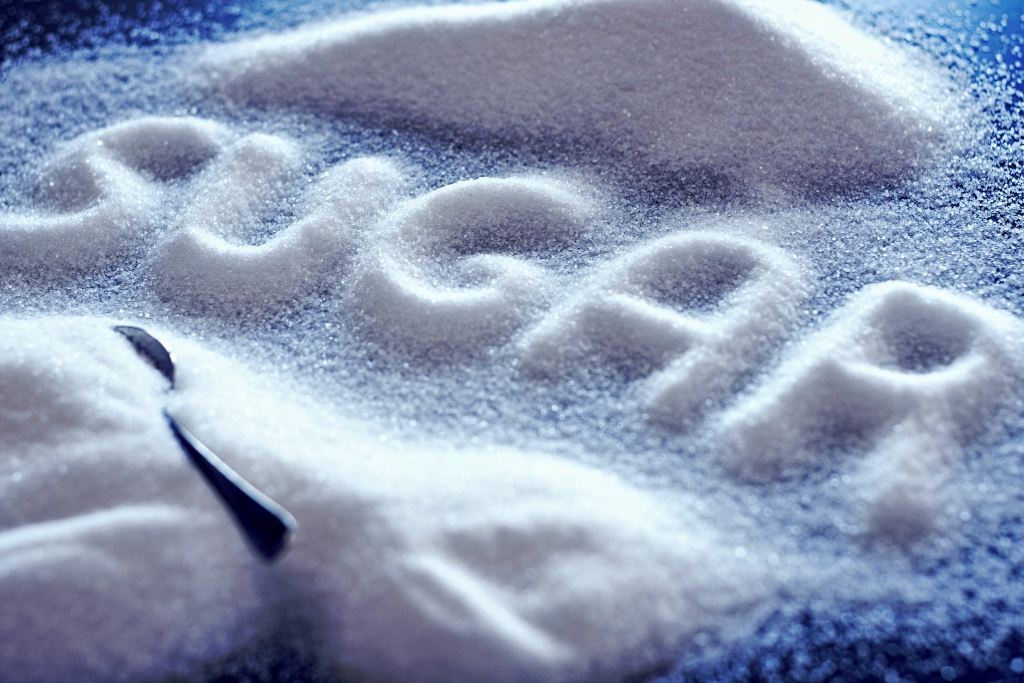Alcoholic Cardiomyopathy: Causes, Symptoms, and Diagnosis
The frequencies of a high New York Heart Association (NYHA; class III/IV) classification, atrial fibrillation (AF) and atrioventricular block were higher in the death group than those in the survival group. Ballester specifically analysed the effects of alcohol withdrawal on the myocardium using antimyosin antibodies labelled with Indium-111[72]. This radiotracer has been acknowledged as an indicator of irreversible myocardial damage.
- In some cases, direct current cardioversion or electrophysiologically guided ablation techniques may be used, but ablation is known to be less successful in those who continue to drink alcohol, with higher AF relapse rates 39.
- Moreover, there is a decrease in the left ventricular mass index and ejection fraction, falling below the normal range.
- The aims of the present study were to define the long-term outcome of ACM, to compare the patient characteristics between the death and survival groups, and to determine prognostic markers.
- Furthermore, 89% of the alcoholics with a DD genotype developed ACM, whereas only 13% of those with an II or ID genotype developed this condition.
- Screening people drinking at ‘at‐risk’ level and delivering a brief intervention may prevent the development of cardiovascular complications such as hypertension and arrhythmias.
Quantity of Alcohol Intake in Cardiac Disease
A chest X‐ray may show cardiomegaly, pulmonary congestion and pleural effusions, depending on disease severity. An electrocardiogram may reveal coexisting atrial fibrillation, along with non‐specific ST and T‐wave changes. There are no tell‐tale electrocardiogram (ECG) features of ACM that can differentiate it from other causes of cardiomyopathy. Echocardiography is mandatory for diagnosis and to exclude other causes of heart failure. Typically, it shows biventricular dilatation and systolic and diastolic dysfunction. Occasionally, cardiac magnetic resonance imaging (MRI) is needed to confirm the diagnosis if echocardiographic images are suboptimal.

When should I see my healthcare provider about alcohol septal ablation?
There are no specific targeted histological or immunological biomarkers for the diagnosis of alcohol-induced cardiomyopathy. Various pathophysiological mechanisms have been postulated in the development of cardiomyopathy however one key factor undergoing active research is the role of genetic mutation and susceptibility to develop cardiomyopathy. Improvement in left ventricular function has been observed as early as six months after abstinence from alcohol, and complete recovery can be achieved in 18 months (5,6). In an echocardiographic study of 13 patients with alcohol-induced cardiomyopathy, five demonstrated the normalization of left ventricular function after total abstinence for six months (6). Alcoholic cardiomyopathy (ACM) is considered one of the main causes of left ventricular dysfunction and is the leading cause of nonischemic dilated cardiomyopathy (DCM) in developed countries. However, very few studies have investigated the relationship between clinical characteristics and prognosis in ACM.
- The 6 subjects who experienced a clear improvement in their ejection fraction had fully refrained from drinking.
- This procedure relieves symptoms of hypertrophic cardiomyopathy without the need for open-heart surgery.
- If you have any signs of complications following the procedure, get medical help right away.
Mortality rates
The risk of ACM significantly increases with alcohol intake exceeding 80 g per day for a minimum of five years [3]. According to the American Heart Association (AHA) and other US-based guidelines, alcohol intake recommendations are provided to promote responsible drinking habits and maintain overall health. The AHA suggests moderate alcohol consumption for those who choose to drink, defining moderation as up to one drink per day for women and up to two drinks per day for men. It is important to note that these guidelines apply to healthy adults and should be adjusted for individuals with certain health conditions or those taking specific medications.
Additional studies included 24-hour ECG monitoring and cardiac magnetic resonance imaging. Coronary angiography, coronary artery computed tomography (CT), or nuclear medicine testing was performed to rule out Sober House coronary heart diseases. Assessment and treatment of arrhythmia in patients who are heavy users of alcohol can be challenging if abstinence, or at least a significant reduction in intake, is not achieved 38.
- ‘idiopathic cardiac hypertrophy usually with dilatation… most frequently found in certain forms of chronic alcoholism (beer drinkers), whereby plethora and toxic influences become effective as pathogenic factors’.
- More than 1.8 million individuals in Germany with a total population of 81 million inhabitants are alcohol dependant.
- Also, acute alcohol administration in a rat model significantly raised plasma cardiac troponin T level after 2.5 h (11).
- Other findings may include cool extremities with decreased pulses and generalized cachexia, muscle atrophy, and weakness due to chronic heart failure and/or the direct effect of chronic alcohol consumption.
- Pharmacologic therapy should include goal-directed heart failure therapy as used in idiopathic dilated cardiomyopathy with reduced ejection fraction.
- Finally, only Urbano-Márquez et al[24] found a clear decrease in the ejection fraction, in a cohort of 52 alcoholics, which was directly proportional to the accumulated alcohol intake throughout the patients’ lives.
They found that there is about 14% loss of myocardial cells in the left ventricle of those rats. It showed a significant increase in both acute and chronic https://virginiadigest.com/top-5-advantages-of-staying-in-a-sober-living-house/ alcohol intoxication. All previous mechanisms can induce myocyte apoptosis through the induction of mitochondrial damage and oxidative stress [12].

Alcohol and Cardiovascular Mortality: The J‐Shaped Curve
This observation led to the erroneous belief that alcohol is an immediate coronary vasodilator. Symptomatic relief of angina could be through the anesthetic effect of ethanol or through peripheral vasodilation, which could transiently reduce oxygen demand of the heart. Clinical observation confirmed that several days to weeks of drinking show higher and weeks of abstinence lower pressures. Alcohol intake may also interfere with the drug and dietary treatment of hypertension. This altogether supports a causal relationship between alcohol consumption and a hypertensive state. For more than 3000 years, alcoholic beverages have been consumed in multiple societies through the centuries and cultures.


No Comments